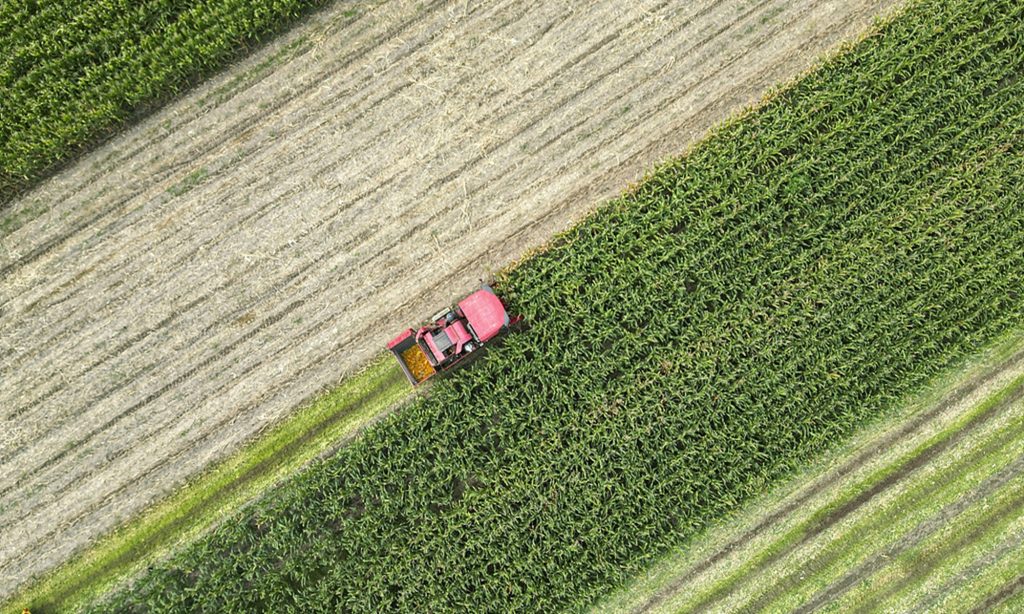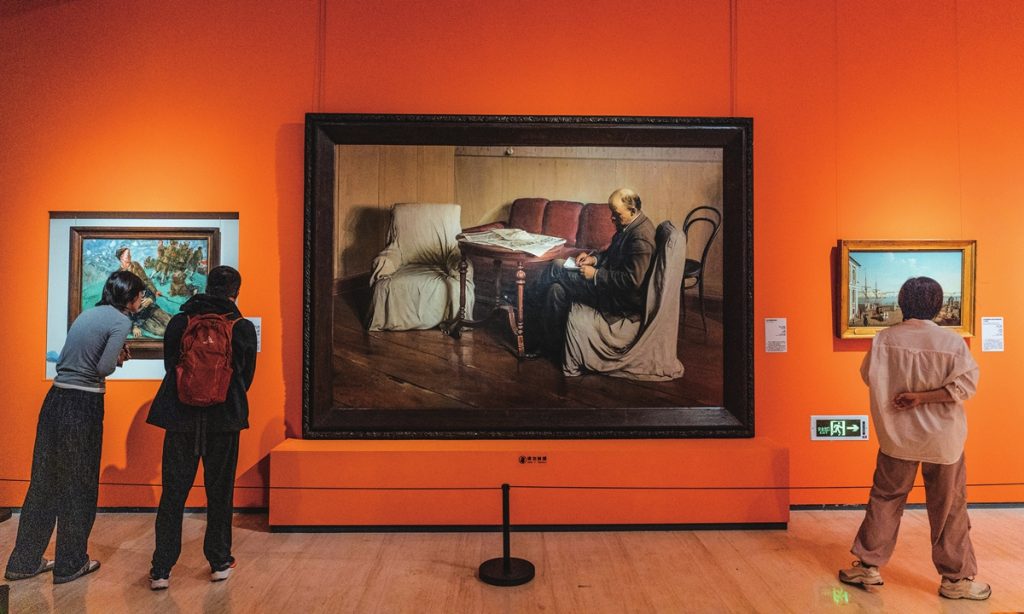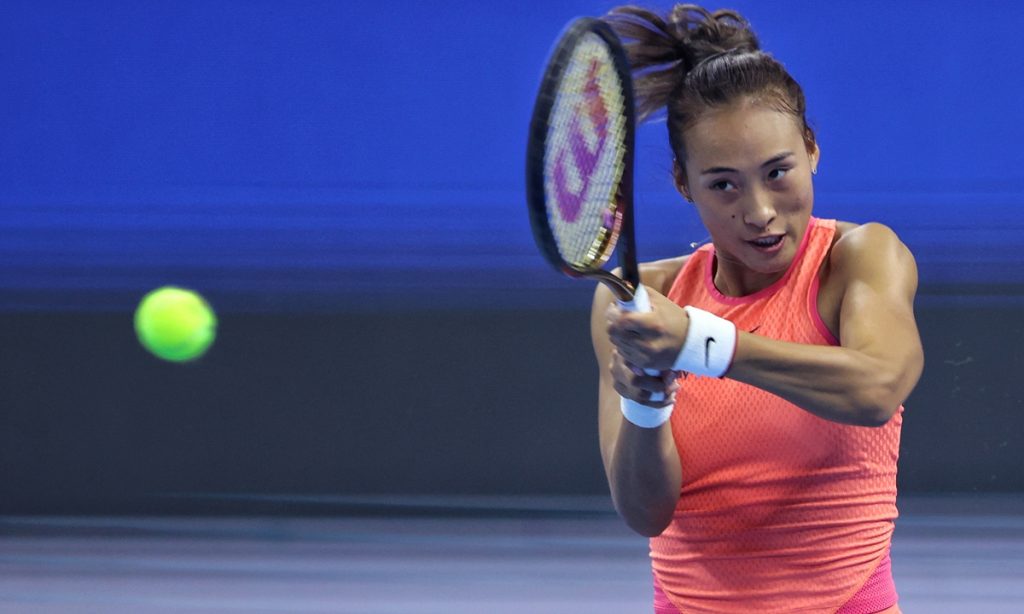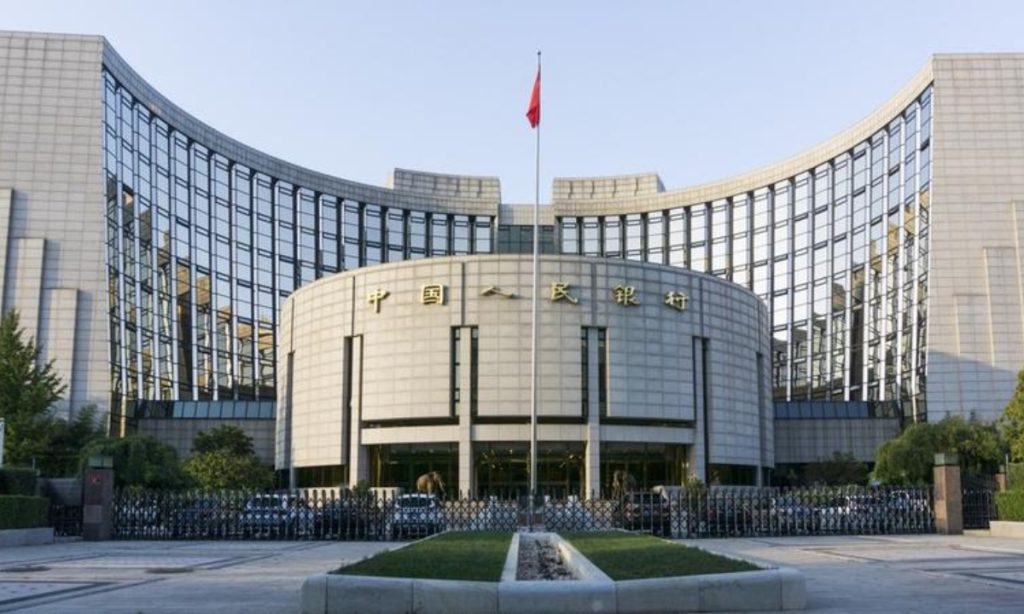Autumnal Equinox: harvest celebrated

Autumnal Equinox, the 16th solar term of the lunar 24 solar terms, started on Sunday (September 22) this year and marks the midpoint of autumn, dividing the season into two equal parts. It also marks the harvest season. This year marks the seventh celebration of the Chinese Farmers' Harvest Festival, a time when farmers across the country share in the joy of the harvest.
After Autumnal Equinox, the location of direct sunlight moves to the south, making days shorter and nights longer in the northern hemisphere. By this time, most regions in China have transitioned into the cooler autumn season. As cold air from the north meets the diminishing warm, humid air, it often results in precipitation.
Ancient Chinese tradition divides the Autumnal Equinox into three pentads: the first observes the softening of thunder, the second sees hibernating insects begin to nest, and in the third pentad, water starts to dry up.
During this season, crabs are considered particularly delicious. Eating crabs is believed to nourish the marrow and help clear internal heat from the body.
In South China, a custom for Autumnal Equinox is known as "having Qiucai (an autumn vegetable), a type of wild amaranth that is popular during this time. Every Autumnal Equinox day, Qiucai, verdant in the field, is collected and made into soup with fish, called "Qiutang" (autumn soup).
Besides, Autumnal Equinox is the perfect season for kite flying. Children fly various kites, enjoying the pleasant weather.
In North China, taro becomes a staple in the seasonal diet during this time. Health experts recommend having some more easily digestible foods in autumn. Taro is soft and nutritional.
In some regions, there remains a folk tradition of extending greetings and well wishes for a successful autumn ploughing.
Since ancient times, many places have had folk custom of mountaineering and sight-seeing. Due to the effects of air pressure and humidity, autumn often brings clear blue skies, white clouds, and cool breezes, making it perfect for mountaineering.
During the Autumnal Equinox, the temperature difference between morning and evening becomes more pronounced, so people should adjust their attire to prevent catching colds.
Fitness exercises in this season can do more of cold-resistant exercises and aerobic exercises, such as hiking, walking and cycling. After the Autumnal Equinox, it is recommended not to engage in excessive exercise, as it may deplete yang energy. Instead, people may try some gentle exercises including tai chi, Baduanjin (an ancient Chinese qigong exercise combining movement), and Wuqinxi (the Five-Animal Exercises), so that the whole-body sweats slightly and not too tired.


